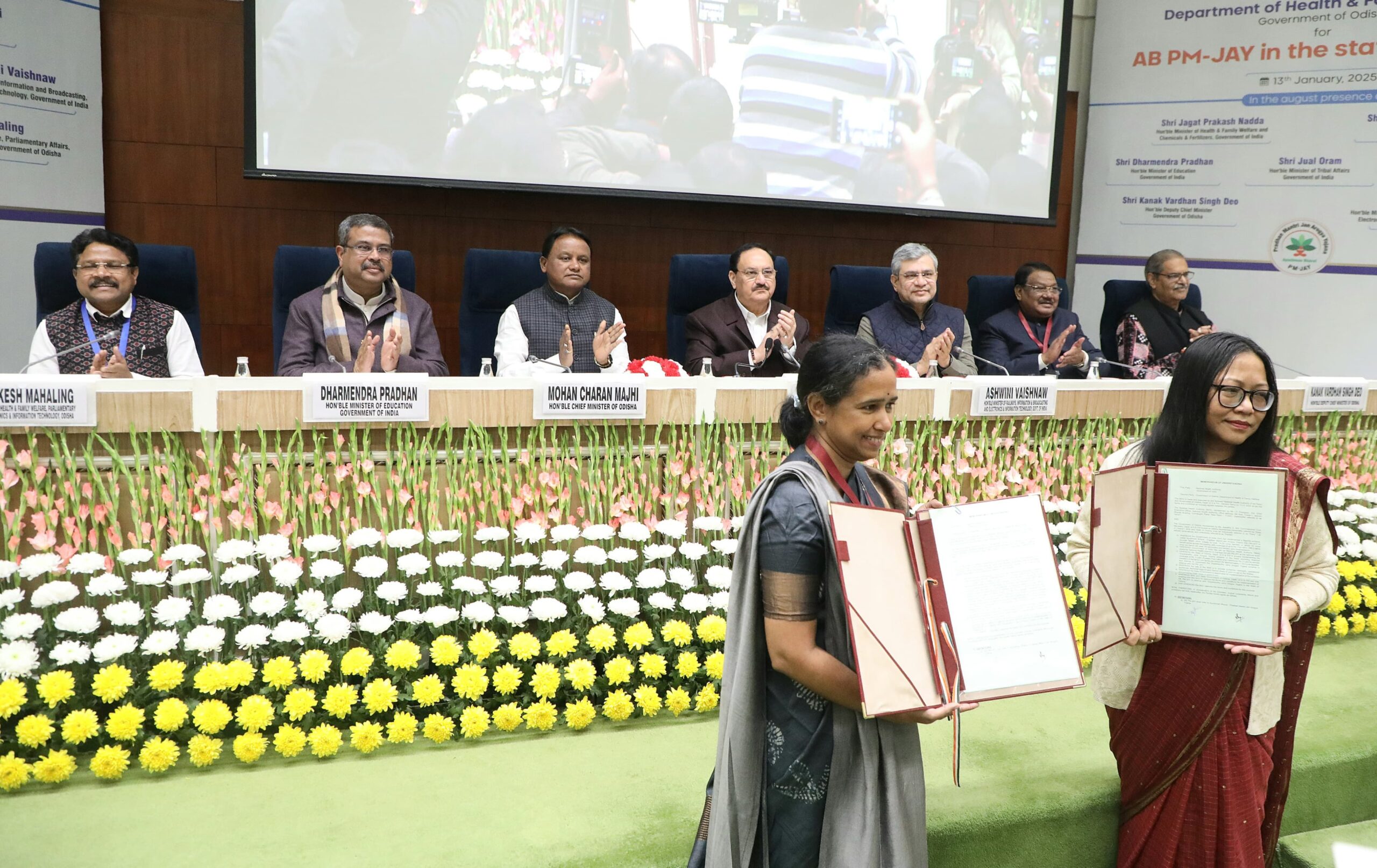Now Reading: How Rural Healthcare Is Evolving Post-Ayushman Bharat 2.0 Rollout
-
01
How Rural Healthcare Is Evolving Post-Ayushman Bharat 2.0 Rollout
How Rural Healthcare Is Evolving Post-Ayushman Bharat 2.0 Rollout

The rollout of Ayushman Bharat 2.0 marks a significant milestone in India’s ongoing efforts to strengthen rural healthcare. With a renewed focus on accessibility, affordability, and preventive care, this upgraded scheme aims to improve health outcomes for millions living in remote and underserved areas. For many Tier-2 and rural regions, it promises not only better insurance coverage but also improvements in primary health infrastructure and service delivery.
Strengthening Primary Healthcare Networks
One of the key features of Ayushman Bharat 2.0 is the emphasis on bolstering Primary Health Centres (PHCs) and Sub-Centres. The scheme includes increased funding for upgrading facilities, hiring more healthcare workers, and expanding telemedicine services. This is particularly important for Tier-2 towns and rural areas where medical specialists and diagnostic services have traditionally been scarce.
The move is expected to reduce dependency on urban hospitals by enabling early diagnosis and treatment locally, saving both time and costs for rural patients.
Expanded Insurance Coverage and Benefits
Ayushman Bharat 2.0 broadens the scope of health insurance to cover more conditions and include outpatient treatments, which were limited earlier. This expansion is crucial for rural families, who often delay medical visits due to high out-of-pocket expenses.
Moreover, the scheme’s portability feature allows beneficiaries to access care across states, a vital benefit in regions with high seasonal migration. This improvement makes healthcare more inclusive and convenient for migrant workers from Tier-2 and rural backgrounds.
Challenges in Implementation
Despite its ambitious goals, the rollout faces several challenges. Infrastructure gaps remain a hurdle in remote areas, including irregular power supply, poor road connectivity, and limited digital literacy, which affects telehealth adoption.
Additionally, there is a shortage of trained healthcare professionals willing to serve in rural postings. Without addressing these systemic issues, the full benefits of Ayushman Bharat 2.0 may not reach the grassroots level promptly.
Role of Technology and Community Engagement
Digital tools are playing an increasing role in bridging healthcare gaps. Mobile health apps, AI diagnostics, and teleconsultations are becoming more common, even in Tier-2 districts.
Community health workers and local NGOs are also vital in spreading awareness about available services and helping residents navigate the new scheme. Their involvement ensures that rural populations can better utilize healthcare resources and understand the importance of preventive care.
Conclusion: A Step Forward with Room to Grow
Ayushman Bharat 2.0 is a positive step toward transforming rural healthcare in India, especially in Tier-2 and smaller towns. By focusing on primary care and expanding insurance benefits, it addresses long-standing challenges of access and affordability. However, sustainable impact will depend on improving infrastructure, workforce availability, and digital inclusion. Continued efforts to strengthen these areas are essential to truly revolutionize healthcare for rural India.

























